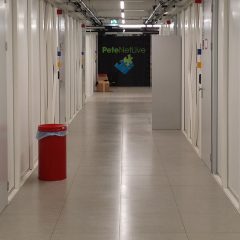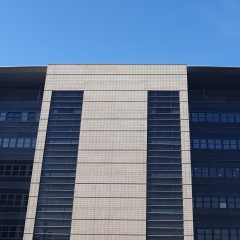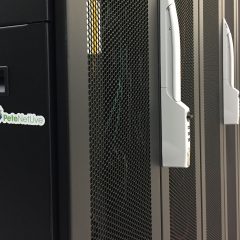Windows – Using the Same Keyboard and Mouse Across Multiple Machines
KB ID 0000621 Problem Here’s the setup I have on my desk at home, When I’m working from home and my laptop is docked (as shown). I wanted to use my main keyboard, (Logitech G15) and mouse (Cyborg R.A.T. 9), to control both the main PC and my work laptop. As it turned out when I finished I could also use the laptop keyboard and touch pad to control the main PC as well, and I could drag and drop files between desktops....
Removing Multiple Partitions from your Hard Drive Using FDISK
KB ID 0000082 Problem This section assumes you have multiple partitions, and goes through the steps needed to remove them using FDISK WARNING: Removing partitions DESTROYS all the data in those partitions, make sure you have a backup of your important information. For this example the hard drive in question has a PRIMARY partition (approx 2Gb) and two LOGICAL DRIVES (each approx 1Gb) if I’ve just confused the hell out of you...
Creating Multiple Partitions from your Hard Drive Using FDISK
KB ID 0000081 Problem This section assumes you want multiple partitions, and goes through the steps needed to create them using FDISK. For this example the hard drive in question will have a PRIMARY partition (approx 2Gb) and two LOGICAL DRIVES (each approx 1Gb) if I’ve just confused the hell out of you CLICK HERE Solution Creating Partitions 1. First ensure you have a windows 98SE Bootdisk, you can download one, CLICK HERE 2....



